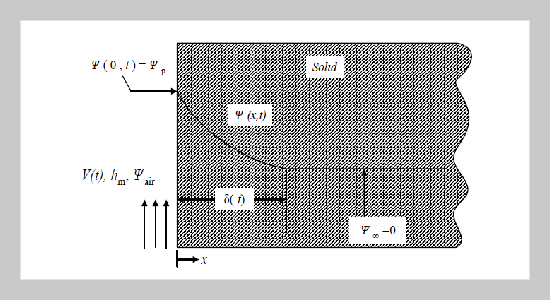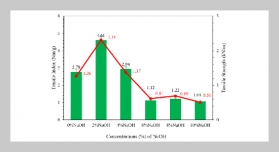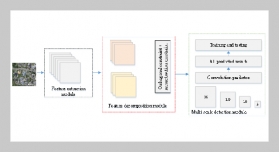REFERENCES
- [1] Carslaw, H. S. and Jaeger, J. C., Conduction of Heat in Solids, 2nd edn, Oxford Univ. Press, New York (1959).
- [2] David, H. H., “DDC and Ice Thermal Storage Systems Provide Comfort and Energy Efficiency,” ASHRAE J., March, 35 (1994).
- [3] Dorgan, C. E. and Elleson, J. S., “ASHRAE’s New Design Guide for Cool Thermal Storage,” ASHRAE J., May, 2937 (1994).
- [4] Eckert, E. R. G. and Drake, R. M. Jr., Analysis of Heat and Mass Transfer, McGraw-Hill, New York (1972).
- [5] Goodman, T. R., “Application of Integral Methods to Transient Nonlinear Heat Transfer,” Advan. Heat Transfer, 1, 55 (1964).
- [6] Hasnain, S. M., “Review On Sustainable Thermal Energy Storage Technologies, Part I: Heat Storage Materials And Techniques,” Energy Covers. Mgmt. 39, 1127 (1998).
- [7] Hasnain, S. M., “Review On Sustainable Thermal Energy Storage Technologies, Part II: Cool Thermal Storage,” Energy Covers. Mgmt. 39, 1139 (1998).
- [8] Ho, C. D, Yeh, H. M. and Wang, W. P., “Cool Thermal Discharge Obtained with Air Flowing over Melting Ice,” Energy-The Int. J., 23, 279 (1998).
- [9] Ho, C. D, Yeh, H. M. and Wang, W. P., “Cool Thermal Discharge with Time-Velocity Variation of Flowing Air in Situ Contact on Water Surface,” J. Chin. Inst. Chem. Engrs., 29, 249 (1998).
- [10] Incropera, F. P. and DeWitt, D. P., Fundamentals of Heat and Mass Transfer, 3rd Edition, John & Sons, New York (1990)11.
- [11] Jekel, T. B., Mitchell, J. W. and Klein, S. A., “Modeling of Ice-Storage Tanks,” ASHRAE Transactions: Symposia, 1016 (1994).
- [12] Stovall, T. K. and Tomlinson, J. J., “Laboratory Performance of a Dynamic Ice Storage System,” ASHRAE Transactions: Symposia, 1179 (1994).
- [13] Yao, L. S. and Prusa, J., Advances in Heat Transfer, Academic Press Inc., San Diego, CA (1989).
- [14] Yeh, H. M. and Cheng, C. Y., “Cool Thermal Storage by Vacuum Freezing of Water,” Energy-The Int. J., 16, 1045 (1991).
- [15] Yeh, H. M. and Cheng, C. Y., “Cool Thermal Storage by Vacuum Freezing of Water with Constant Volume Rate of Sublimation,” Energy Convers. Mgmt., 33, 51 (1992).
- [16] Yeh, H. M. and Ho, C. D., “Cool Thermal Discharges from Ice Melting with Specified Heat Fluxes on The Boundary,” Energy-The Int, J., 21, 455 (1996).









